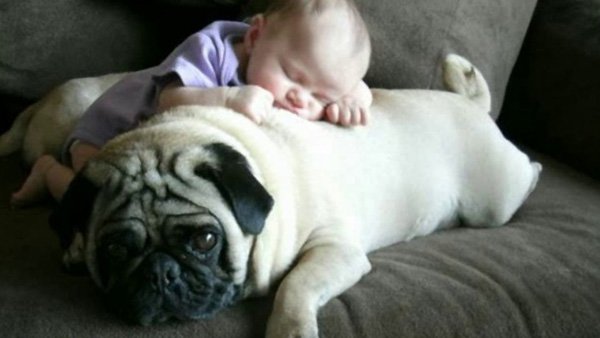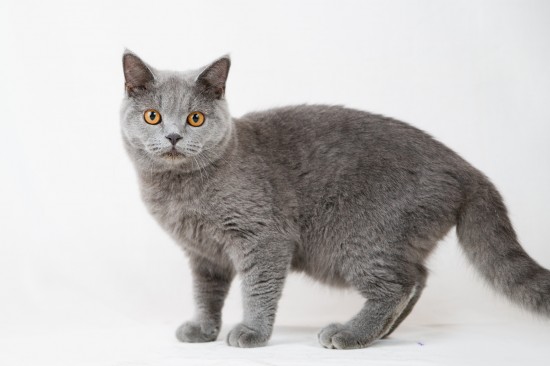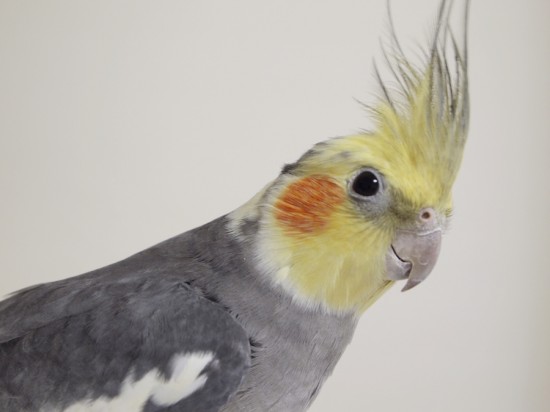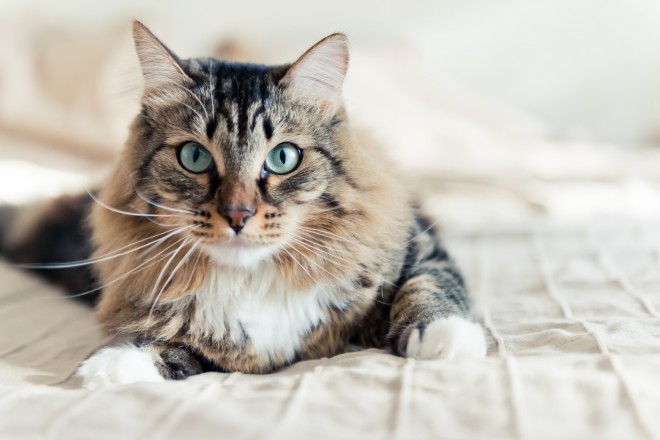
When it comes to grooming, cats are pretty good at taking care of themselves. But because he is living indoors, he needs some help being groomed. Claws need trimming and hair needs brushing. Grooming him once in a while can help keep your home nice and your cat happy.
Trimming claws: If your cat accidentally scratches you or snags your shirt, it is time for a trim. Trimming claws is one of the easiest things you can do to your cat. It can be much faster than cutting your own nails. Use nail trimmers made especially for cats. Stainless steel, high-quality models can last many decades. Before you trim his front claws the first time, work with his front feet without any attempt to trim. Wait until he is in a mood to be touched. Hold him or leave him in his bed while you massage his body, working your way to his feet. Massage his foot. Rub between his toes. Press on the pads of his feet to make the claws extend, and then release. If he starts putting up a fuss, let go of his feet but do not give up too easily. Try again the next time you see him napping or relaxing.
After a few days of getting him used to having his feet touched, put the nail trimmer in the palm of your hand before you approach him. Hold his paw in one hand while saying, "Good boy." Gently squeeze the pad of the paw so that the claws extend. Talk sweetly to him just like you do when you massage his feet. Cut about halfway between the tip of the claw and the
"quick" (where pink shows through). Begin by trimming only one claw a day. Gradually add more claws.
Keep the experience positive by always ending before he gets fussy. Each time, reward him by massaging, petting, playing or taking him on an outside walk. Eventually, you will only need to tell him how good he is by petting him for a few seconds after his trim. Once the cat is used to getting trimmed, you will need to trim all claws about once a month. If you keep trimming a small portion of his claws more often, the quick will recede a little, allowing you to trim farther down.
Be very careful when trimming a claw. Cutting into the quick causes bleeding and is painful. If you hurt your cat while trimming, immediately say you are sorry and comfort him. Quickly trim one more nail then let him go. Play with him to distract him from what just happened. Try again the next day.
Do not trim his nails on or around his post or cat tree. You do not want him to make an association between the two activities. If the cat growls, stop trimming, say nothing and leave the room immediately. On the next day, cut two, or even just one nail. Leave on a friendly note before he has a chance to growl.
For hind claws, use the same steps as above. Trim hind claws when your cat is sleeping or sitting quietly on your lap. Trim one or two claws at a one sitting. As he gets used to the process, cut more claws.
Declawing typically is not performed on hind feet, his back claws will need trimming. Declawed cats tend to bite more, and can be more sensitive about being handled than clawed cats. You may need to provide food treats to distract your declawed cat during trimmings or cut a few while he is asleep.
 Why Organic Foods are Good for Health of Dogs?
Why Organic Foods are Good for Health of Dogs?
Why Organic Foods are Good for Health of Dogs?
Why Organic Foods are Good for Health of Dogs?
 8 Tips On How To Keep Your Cat Healthy Throughout Their Lives
8 Tips On How To
8 Tips On How To Keep Your Cat Healthy Throughout Their Lives
8 Tips On How To
 Considering A Cockatiel?
Considering A Coc
Considering A Cockatiel?
Considering A Coc
 Advice To Follow When Looking For A New Puppy
Advice To Follow
Advice To Follow When Looking For A New Puppy
Advice To Follow
 2 Homemade Recipes For Cats Suffering From Kidney Disorders
2 Homemade Recipe
2 Homemade Recipes For Cats Suffering From Kidney Disorders
2 Homemade Recipe
Copyright © 2005-2016 Pet Information All Rights Reserved
Contact us: www162date@outlook.com